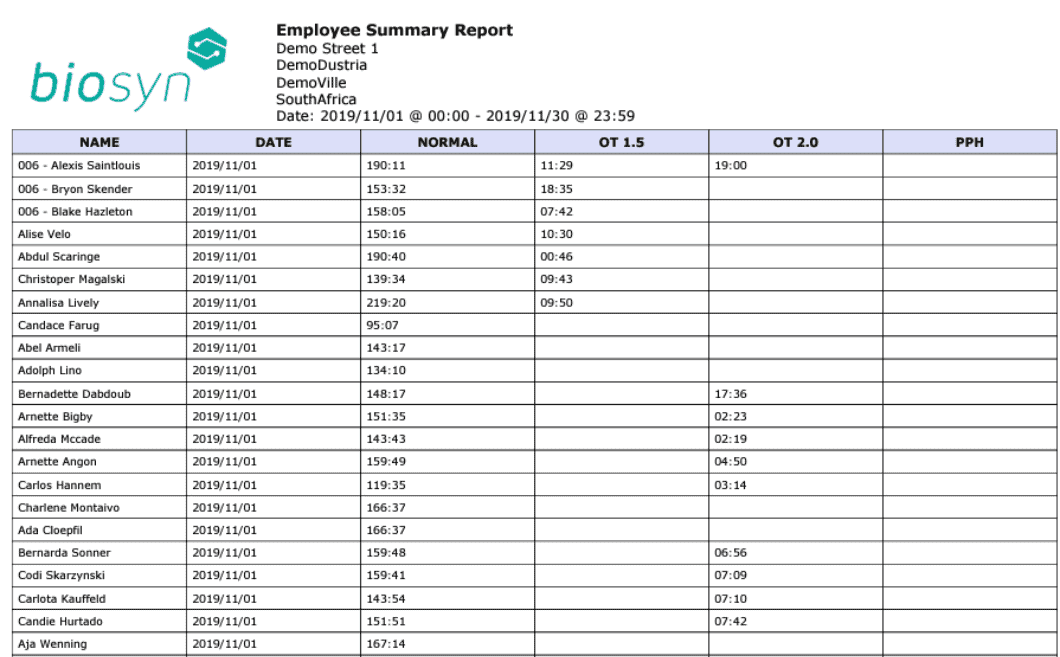Clocking in Systems for running a successful business. If you keep accurate records, you’ll quickly notice which departments need more or fewer hands. Such data shows you when and how hard your employees are working. You can also better ensure the safety of everyone within your premises with your clocking in system.
Previously, Excel spreadsheets and punching cards worked just fine. But many employers have realised that these old systems are too time-consuming. Also, dishonest employees can easily manipulate such manual tools.
Additionally, the workplace has evolved. Now you may need to keep track of employees on-site at multiple locations or of those working remotely.
This In-depth article will give you the facts about clocking-in systems while helping you choose the best one for your business.

Why is Time Keeping Important in the Workplace?
Perhaps the most known benefit of clocking in systems is timekeeping. When workers know you are keeping track of their arrival, they’ll want to come to work on time. But why is timekeeping so crucial?
As a business owner, your most valuable resource is staffing. So if your employees are coming to work late, taking longer lunch breaks, or leaving early, the business won’t last long.
Employees also feel safe knowing their punctuality and diligence don’t go unnoticed.
You should pay for eight hours if someone works eight hours, not seven. An employee who’s often late therefore becomes a liability.
But an excellent clocking-in system does more than timekeeping when running a Successful Business
Employee Clock in Systems Benefits
- Safety: If you have an accurate record of who’s in the building/office at all times, you can easily take roll calls when necessary. For example, rescue workers know how many lives are at risk in case of a fire alarm.
- Keeping track of overtime and payroll: Keeping manual records of paid overtime can be tedious. Clock-in systems allow employees to enter how much time they have worked so you can automate the payroll. Additionally, you can supply data to the government to show that your workers don’t work unauthorized overtime if you need to.
- Detecting issues before they explode: Modern clocking-in systems record completed tasks, specific locations, and employee workflow. So you can tell which job is taking too long and if a staff member is likely to meet their deadlines. You can therefore detect and rectify possible delays and errors before it’s too late.
- Work remotely: You don’t have to be at the office to know how your business is fairing. Mobile clocking-in systems allow you to be in the loop even when you’re travelling or are attending to other important matters.
Digital
- Human resource management: Clocking in systems can show you if your current staff is overworked. You can also better manage leave days and sick offs because you know how many days everyone has been present.
- Seamless records: Digital clocking-in systems upload data to the cloud. The information is accessible to employees (on their personalized dashboards) and business owners. So records are hardly lost, which promotes a trusting relationship between you and your workers.
- Saves you money: Employees stealing time from work can eventually cost you money. A clocking-in system ensures everyone does what you pay them to do. They also can’t ask for overtime wages they don’t deserve.
- You can reward genuine hard work because you have accurate data. That way, you incentivize hard work and timekeeping.
Running a Successful Business for Clock in Systems
As a small business owner, you may not have a big budget for a clock-in system. It’s great to know that your won’t need much money to set up a clocking system for your business.
Look for a clocking-in system that with running a Successful Business you can:
- Automatically records the time your employees start and stop working every day.
- Can record and track geographic locations.
- Allows you to export collected data and integrate it with other processes such as payroll or time offs.
- Lets employees sign in and out using a mobile app.
- Can record and track geographic locations.
- It does not require you to break the bank.
Fortunately, you can find an easy-to-use mobile clocking system that suits your business’s needs at BioSyn. The App, which you can get in iStore, Play Store, and Huawei Store, lets you choose a radius within which employees can clock into the system. The app is so user-friendly that even new employees can use it within the first day.
It is best to track how many hours your employees spend working for your business to succeed. Tracking individual tasks and projects also improves the company’s efficiency and increases profits.







